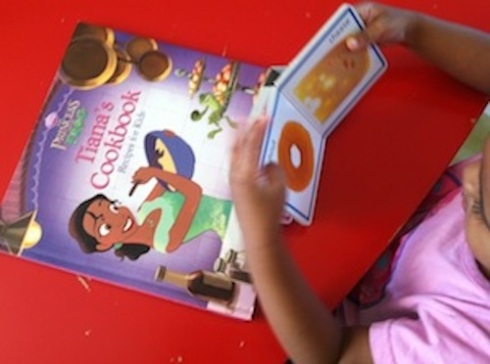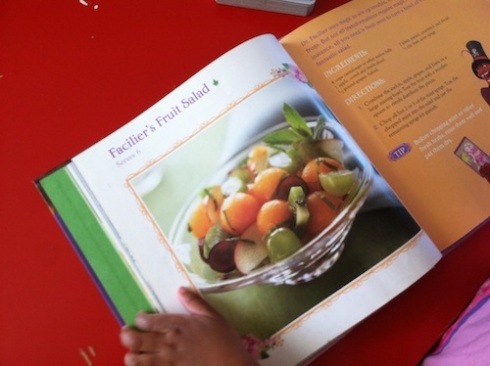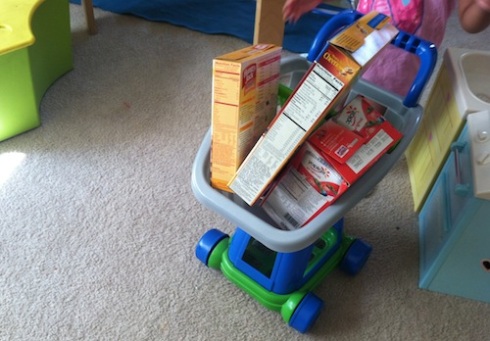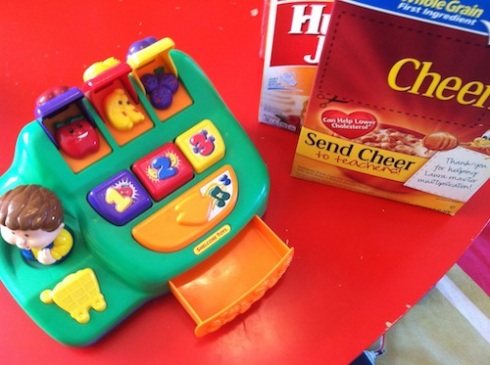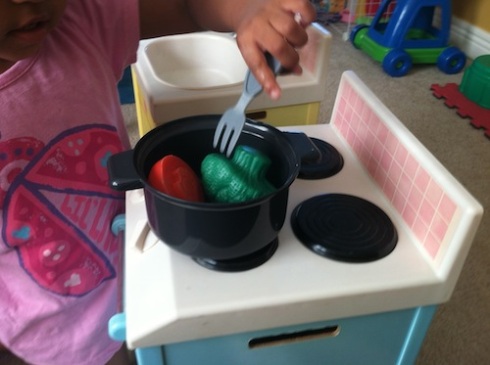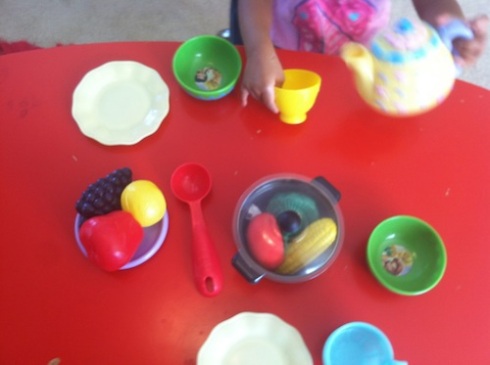I have had 5 children and with each one I have faced a different challenge. My youngest one is two-years old and she does not speak. Of course this being a first for me I panicked and instantly thought it was my fault.
I went crazy reading every book, magazine, blog, internet information I could find. After her doctor visit I was told that she would need therapy, but in the meantime she gave me some tips on things I could do to pull the language out of my two-year old. Everything she told me I had already tried and failed so I decided to try some activities on my own, and with much joy and satisfaction they are starting to work.
I wanted to share my list with other parents who may be experiencing the same with their toddler. Nothing is guaranteed and each child is different, but maybe one of these ideas will work for you.
I made a picture book using pictures of the items she comes into contact with daily. Her shoes, sippy cup, milk, plate, book, jacket, and stroller. In the past we had used picture cards that I had bought from a teacher store, but I find the things that she is familiar with and actually see everyday worked better. The way I used the book was when it was time to get her shoes, jacket, and stroller for our morning walk I would pull out the book and we would look and name those items in the book and then look for the item in our home. Week two doing this and she was starting to repeat what I said. Pure joy and excitement when she spoke those words.
Another activity I tried was making puppets. Everyday I would have the puppet tell her the things it noticed about her, for example the bow in your hair is pretty, I like your green dress, your lunch looks yummy, or you look happy today. I would have the puppet point to each item it talked about and I would always start with Hi and her name and end with bye and her name. After awhile of doing this she would greet the puppet back with a short hi and she would say bye when he left. She liked rubbing the puppets face and this gave me the opportunity to use words like nice when she rubbed the face, and pretty when she rubbed the hair. Eventually my two-year old started to say the words nice and pretty. When the puppet comments on something she shows she understands by pointing to the item. Sometimes she will even repeat the words dress, hair, or bow.
Dramatic play also gives us an opportunity to communicate either with words or hand gestures. Sometimes we play with her pretend kitchen other times I make props out of card board boxes or miscellaneous items I find around the house. Some of our dramatic play themes are grocery store, hair salon, ice cream parlor, and school bus.
Arts-n-Crafts are also a fun way to get your toddler talking. I let her do everything herself with little help from me. We do projects that involve our everyday routines. Our leaf collage is an example of using our everyday experience. She repeats words like leaf and fall, because these were things I talked about with her everyday on our walks.
Singing. I know everyone is not a singer and neither am I, but I use the tunes from her favorite show like Daniel Tiger and Super Why to gain her attention. She’s learned how to say thank you and share on her own and in the right context. I have also used Daniel Tiger song about getting mad to help control her tantrums. Sometimes it work and sometimes it doesn’t, but I am thankful for the times it does.
Finally, but one of the most important is reading. We read a book before we do a project, before we try something new, before bed, and just because. She loves looking at the pictures and hearing me do the voices for the characters. I choose a book to repeat everyday for two weeks, and she is able to form sounds that sound like the words when particular parts in the story are read.
We are a work in progress I am always looking for new and effective ways to engage my toddler and encourage speech. If you have any ideas or experiences to share please leave them in the comments section. I would love to hear from other parents.


